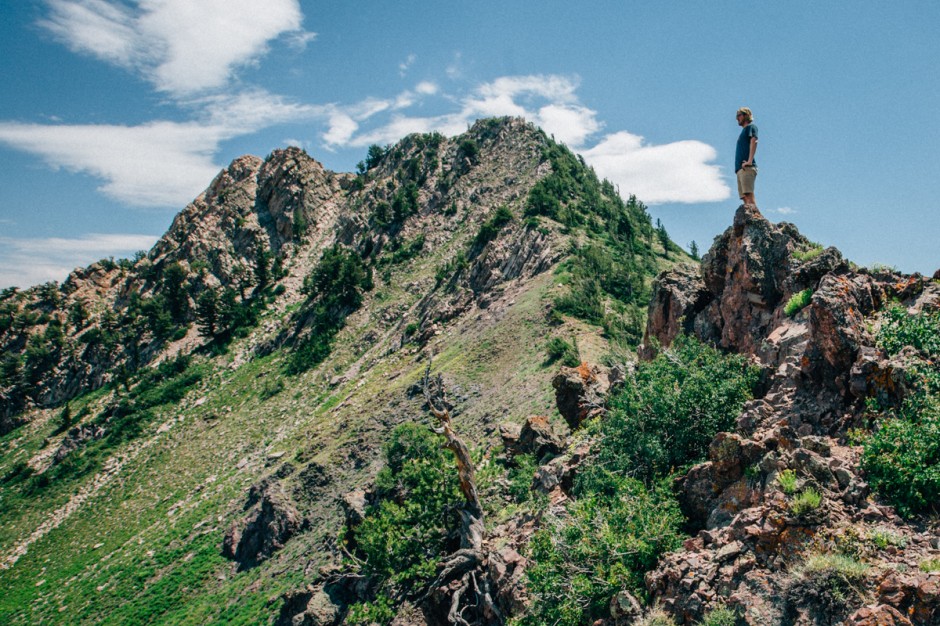Salt Lake City and Cuzco Origin Stories

One curious thing about the planet is how climate and weather mirror each other from across the equator. While initially it appears that Utah and Peru have little in common, a few hikes in the Andes and Rocky Mountain ranges reveal striking similarities. The golden yellows, browns of the Sacred Valley in August, the end of winter season for the Southern Hemisphere, resembles the dry, gnarly canyons of Utah during fall. Hiking around Cuzco left me, a Utah native, with the uncanny feeling that I had never really left home after all. It turns out that both areas are located in the horse latitudes a distance of 30 to 38 degrees south and north of the equator that has such high pressure its suppresses rain, cloud formation and mixed winds. It’s true that most days in either city are warm, sunny, and dry.

Both cultures seemed dominated by religious fervor and an increasing urban sprawl that seems to devour the earlier sites of the Utes, early settlers or the famous Inca and Andean indigenous. However, what’s even more striking is the similarity in their settlement stories. While some people claim to sprout from the soil both Salt Lake and Cuzco claim to be founded by inspiration.
A common legend heard in Cuzco is that when the Inca came they were searching for a place to settle and establish their empire. The great Inca leader struck his golden staff into the soil in the center of Cusco and the rod sunk into the soil. It was a sign, a message from the gods that this was the place to create the center of Inca civilization. Thus, the imperial city was born eventually spanning out into the four part Chakana empire the would become famous for its trade routes and perfectly sculptured stone temples that continue to draw people from all over the world. Despite increased commercialization and dizzying tourism, many claim Cuzco’s skinny side streets still hold a magnetism that they link back to the Inca’s goldenrod.
Salt Lake City while clearly not as globally significant as Cuzco, boast a similar revelatory beginning. Searching for a safe heaven to settle and establish their unique social-religious lifestyle Mormon leader Brigham Young upon seeing the Salt Lake valley believed it to be the place he had seen in a vision and exclaimed “This is the place!” Numerous pioneer settlers crossed the American plains and moved into what they felt was a sacred valley with the intention to “make the desert blossom like a rose”. Today a grand monument just below Emigration canyon marks this crucial moment in American West history. Salt Lake’s downtown is focused around a central square named temple square much like the churches of the central Plaza de Armas in Cuzco. Temple square serves as an orientation point for the city’s road system and the merging of religious and commercial influences.
Many foreigners continue to gather to these city centers for either religious or economic reasons, sometimes both. The nostalgia for their sacredness, for their sense of rightness when seeking for a place to root down continues to propagate the legends of origins be they Incan or Mormon.





